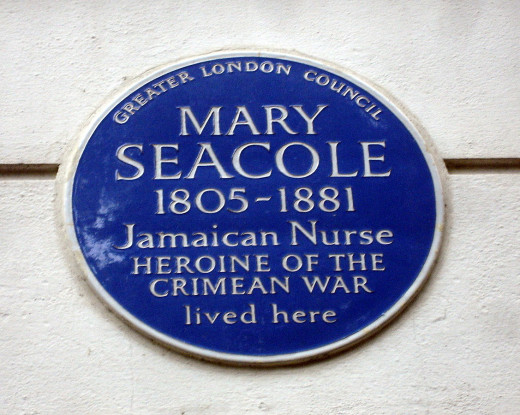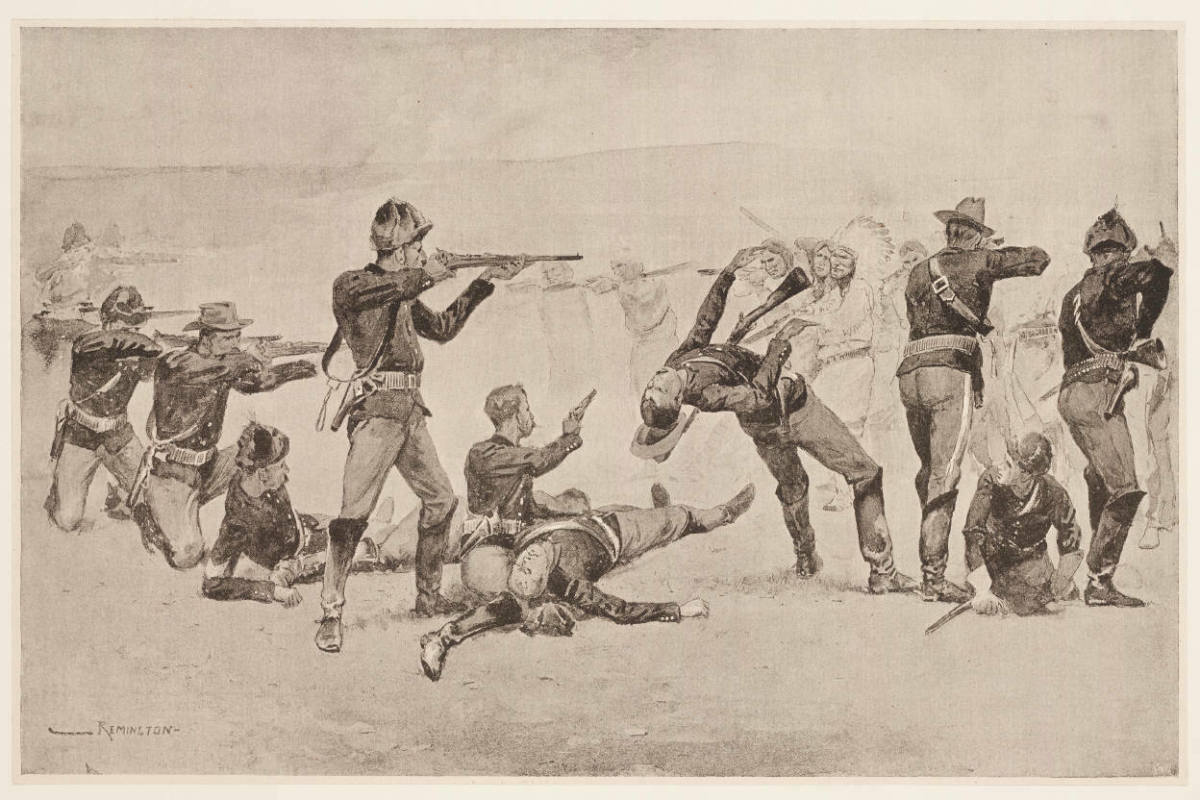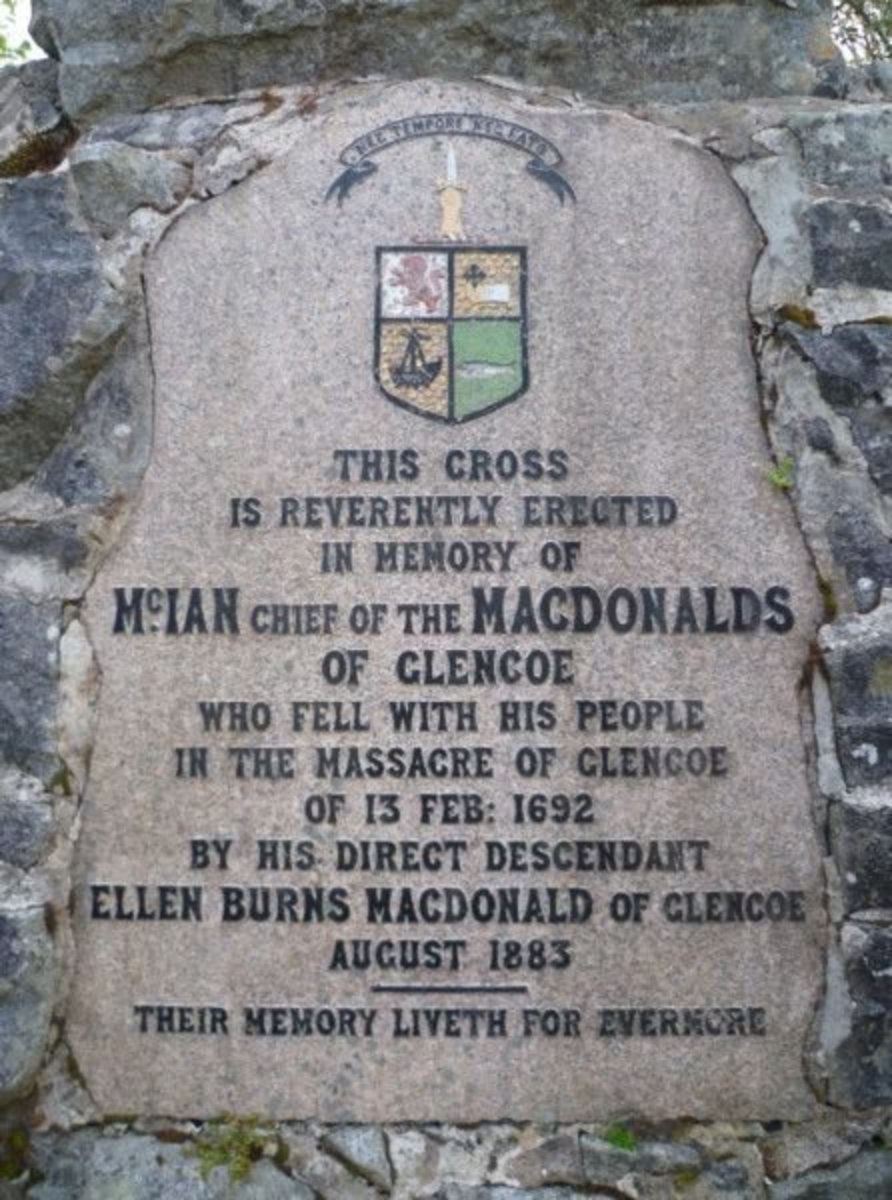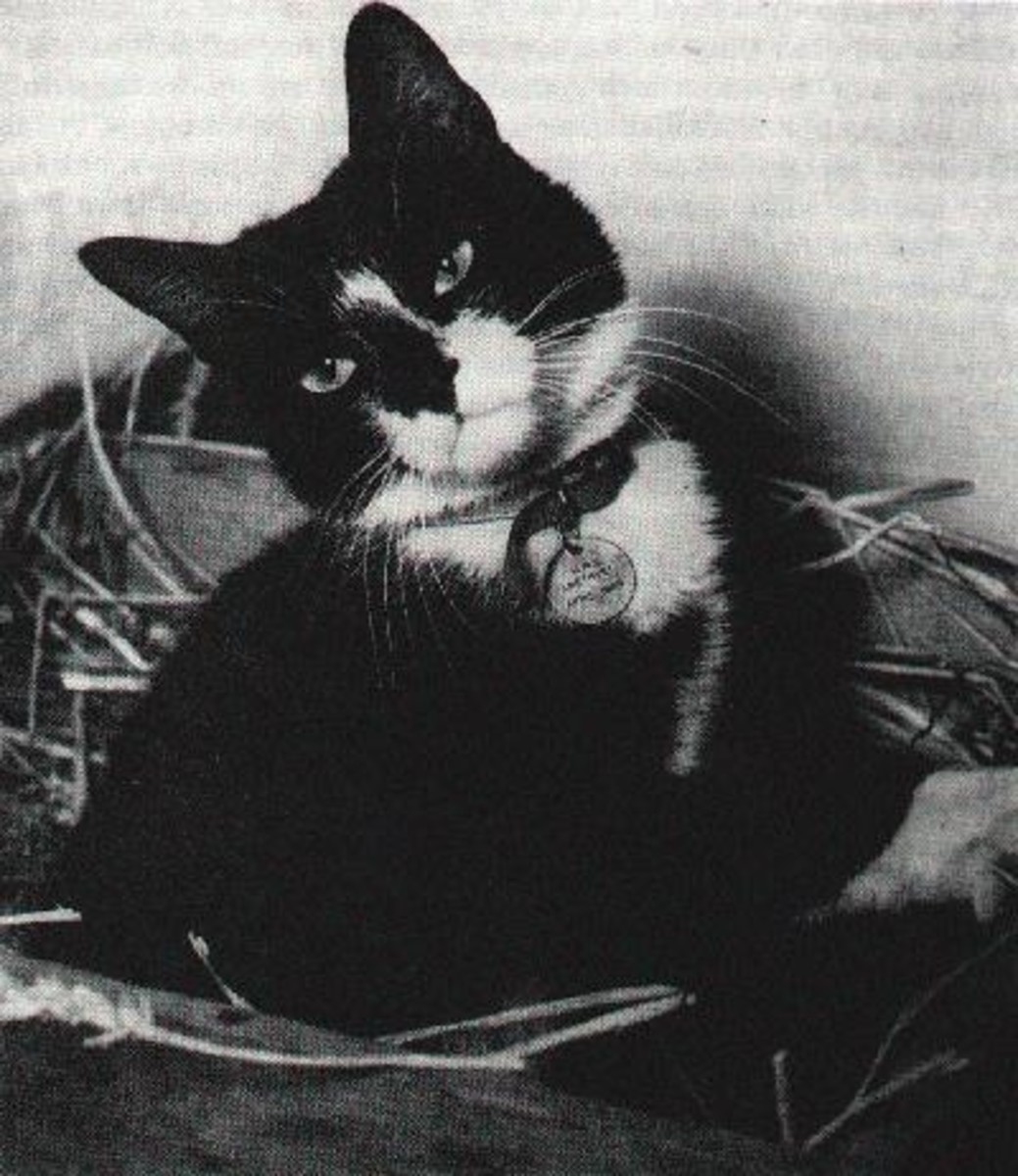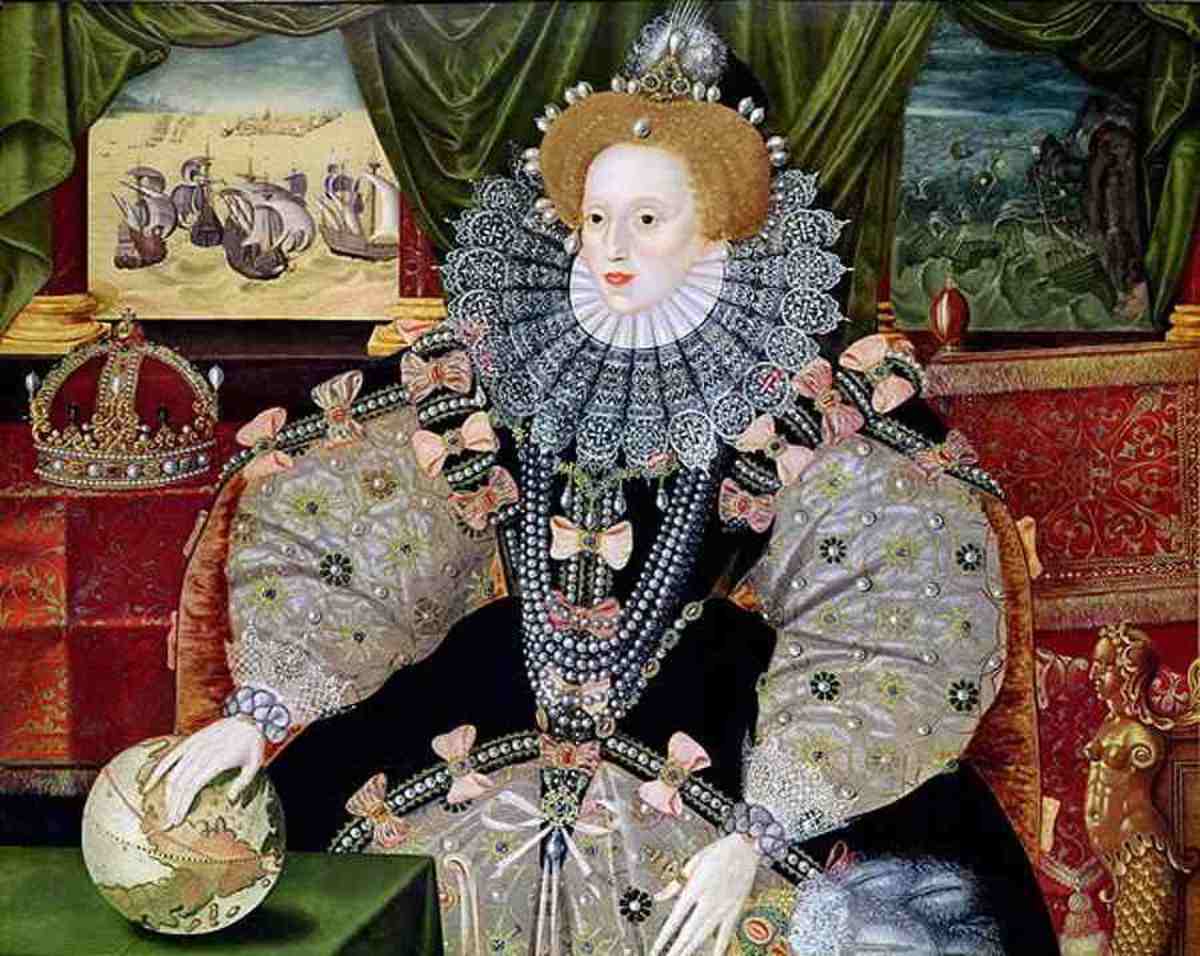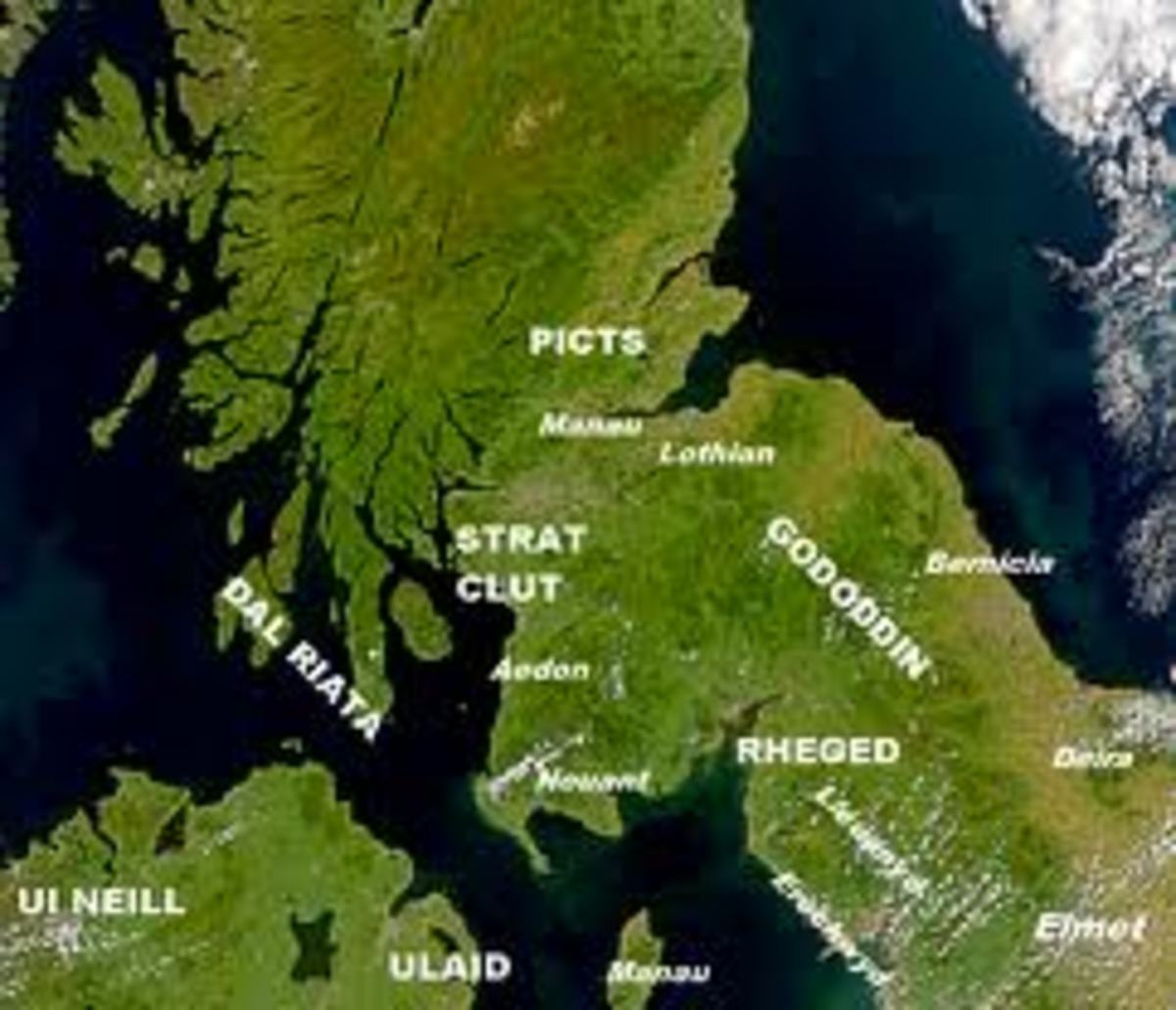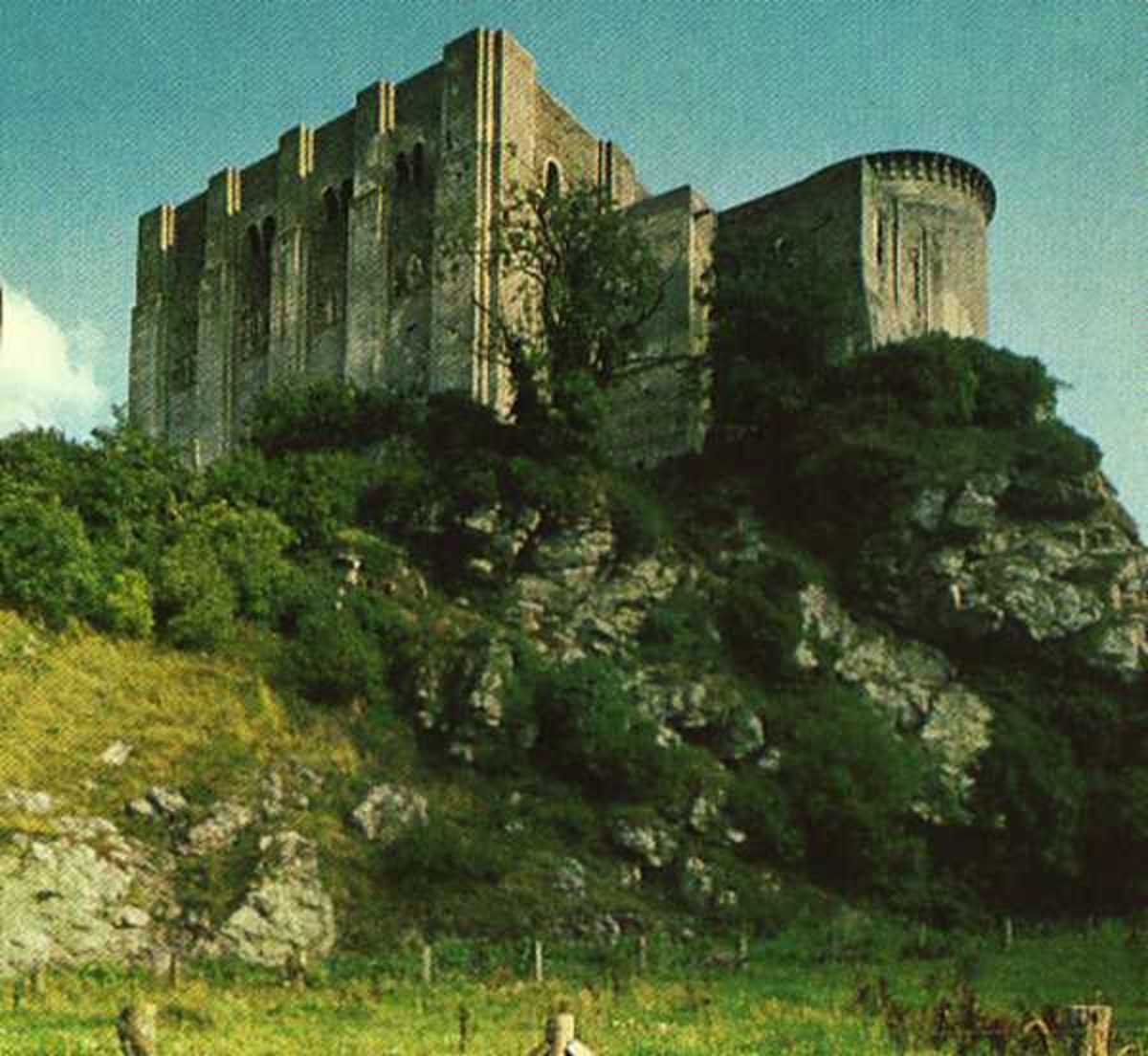- HubPages»
- Education and Science»
- History & Archaeology»
- History of Europe
Mary Seacole
Video of this Article
The Beginnings
Mary was Born Mary Grant in 1805.
Her mother was a Jamacian hotel owner and he father was a Scottish Army officer.
Mary, thought mixed race, was born a free person during this time of Black slavery.
She was raised living in The Blundell Hotel her mother owned. Many guests there were often sick or injured and Marys mother taught her about traditional Jamaican treatment and remedies to help treat and care for them. Mary also managed to learn some treatments from army doctors who would stay in the hotel.
At age 16 Mary was invited to London in 1821. While there she saw an opportunity to trade Jamaican items to people in Britain. And thus began her success as a merchant.
In 1825 she returned home to work alongside her mother in the hotel.
Despite the prevalence of slavery and the fact that mixed race marriages were not common place at the time. Mary married Edwin Seacole, a white man, in 1838.
In 1843 the hotel burned down and later that same year Edwin died and followed into death by Mary's mother.
Mary rebuilt the Blundell Hotel in 1850 and in 1851 left it in the care of a relative to travel to panama where her brother had a hotel. Here she opened a dining hall and store across from the hotel. Disease and in particular Cholera was rife during the time and Mary would care for everyone who came to her. She would use the money from sales and from those who could afford to pay to cover those who couldnt pay at all.
Mary
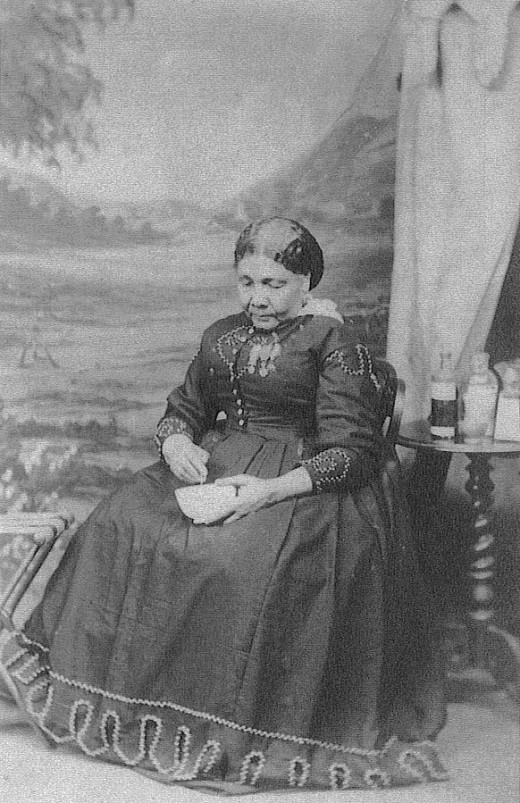
The Crimea
In 1853 Mary heard there was a call for nurses for British soldiers for the Crimean War.
So mary closed up in panama and went to londons military head quarters and tried to join the effort as part of florance nightengales organised expedition of nurses... Mary was turned down.
This did not stop her.
Together with Thomas Day, a relative of her late husband, Mary travelled to the Crimea.
When there Mary and Thomas built 'The British Hotel' for the soldiers just beyond military lines. This was not a hotel as we would imagine but was a place for soldiers to take a break and get food and relative luxuries. Business at the hotel subsidised her care for the sick and wounded soldiers. Many of these soilders were suffering from diseases such as typhoid, cholera, and dysentry. In fact, disease claimed more lives in the crimean war than bullets did. Mary didnt just treat soldiers who came to her – she would also take care packages to those in the army hospital. It is unsurprising then that the soldiers would refer to mary as Mother Seacole.
Mary is even known to have gone onto the battlefield once battle was over to treat those wounded left – caring for soilders from both sides of the war.
Sept 8th 1855 – mary had been told it was the final push in the war effort so she managed to join the army doctors treating the wounded.
Battles quietened down after this and Mary returned to being a merchant at the British hotel.
march 30th 1856 troops were returning home, the war having ended.
Mary and Thomas soon returned to London and were forced to declare bankruptcy.
Sketch of The British Hotel in Crimea
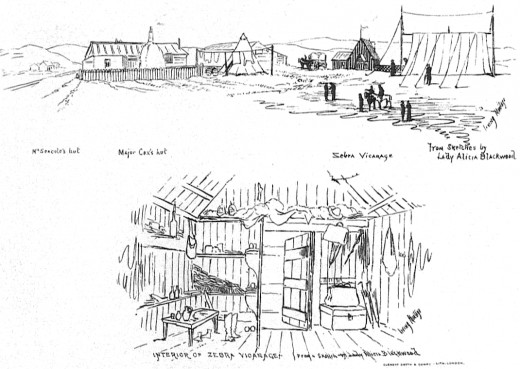
Post-Crimea
November 1856 – word got out of this bankruptcy and letters came pouring into the newspapers from soilders telling of how Mary had helped and cared for them.
Sir William H Russell, The Times war correspondent, wrote “I trust that England will not forget one who nursed her sick, who sought out her wounded to aid and succour them, and who performed the last offices for some of her illustrious dead.”.
In response to these letters and calls for support in the news fund-raising began in her name and around 80,000 people are said to have attended a charity gala to support her.
Mary wrote a biography published in 1857 called the wonderful adventures of mrs seacole in many lands and it proved very popular at the time.
Mary led a quiet life after this spending her time between london and jamacia. She died in London in 1881.
Remembering
It is thought that Mary was as well-known as Florence nightingale at the time. She managed to overcome many prejudices of the 19th century to travel the world, run businesses, and help those in need even in the most dangerous places. Her values of kindness, entrepreneurship, and her various achievements contribute to her being a British citizen worthy of remembering.
Despite this her name was lost to history for around 100 years following her death.
It was around the 1970s that her name and achievements began to resurface again in Britain despite having remained a known and popular figure for nursing in Jamaica.
In 2016 a statue to Mary was unveiled in the grounds of St Thomas' Hospital on London's Southbank.
Statue
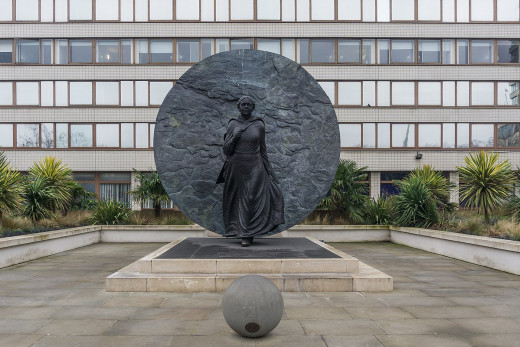
Conclusion
We have Marys history as it was published and documented in papers and by herself in a biography. Yet still it was forgotten to history in Britain while others at her time were not.
From this it is clear that there will be many more histories before and since Mary which would have been greatly important at the time and their impact long lasting and inspiring yet without documentation they were allowed to be forgotten. Perhaps it is time we look at who we choose to commemorate in our society if names like Mary Seacole's have been lost while the names of slave owners and white men powerful only by means of their wealth still line our streets today.
Blue Plaque - London
